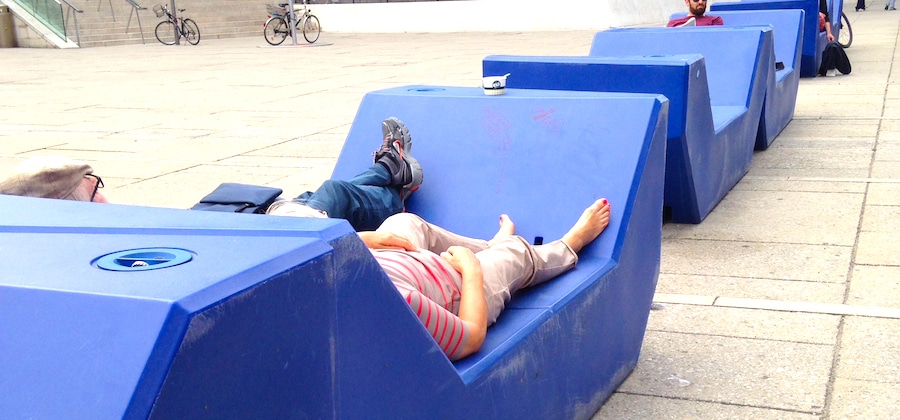
Public design is for everyone. This is the design of spaces within communities, neighborhoods and cities that all of us get to enjoy. Public buildings, civic spaces and parks, green boulevards and even infrastructure such as sidewalks, roads, bridges and transit stations that we all access on a daily basis.
The idea of public design in the United States dates back to the late 1800s, when New York developed a committee, the Art Commission, responsible for civic design and common infrastructure. Other major cities across the country also developed rules and committees for developing public spaces as a way to make their regions both more competitive and attractive.
Over the last few decades, however, there has been a shift in this approach. Once a very much top-down movement reserved for prominent public figures or well-known architects and civic leaders, the design and development of the public realm has increasingly engaged individuals from diverse backgrounds, industries and communities who use those spaces. This shift has been the result of people who want to be involved in how their cities, and their own neighborhoods, thrive, develop and grow.
Public design as a movement
This grassroots movement has led to some major shifts in how these spaces are being created. The most significant change may seem obvious, but is worth focusing on – more people, from divergent backgrounds, and representing different industries and viewpoints are now participating in the public design process. This, by itself, is having an impact on how both new and existing public spaces and buildings are being used, improved and also reimagined. In cities across the country, a broad movement of people is now thinking about their public spaces, committed to improving conditions in diverse communities, and focusing on creating quality, usable public spaces for everyone.
With this shift has also come an increase in the innovation and testing of new ideas, a natural development due to the increased importance placed on the economic and social value of public spaces. This critical attention, paid to exploring what works and what doesn’t, has led to positive and replicable impacts on the development of public space.
What does this mean for communities?
Public design has long been focused on creating spaces that provide a natural or artistic beauty and delight. However, underlying these priorities is a need to create places that engage and function for the users. First and foremost, public design is for the people, but different people find different objects and places beautiful (and useful). This means that there will be no one generic idea, vision or plan that will meet all needs. To be successful, public design must tap into the ideas of those individuals living within the community, and it must work to realize their vision of what’s beautiful, functional and responsive.
In recent decades, the shifts in public design have made it increasingly possible for this to happen. Rather than famous architects or powerful developers being sole arbitrators of what public spaces should be, a multitude of individuals and local groups, across the country, are stepping in to provide a unique and local vision on how public spaces are imagined and developed.
_
To learn more about what this movement has looked like, listen to Justin Moore talk about his work with the Public Design Commission in New York, and take a look at some of the projects offered on Small Change. Each is working to respond to the needs voiced by communities.
Image by Eve Picker
